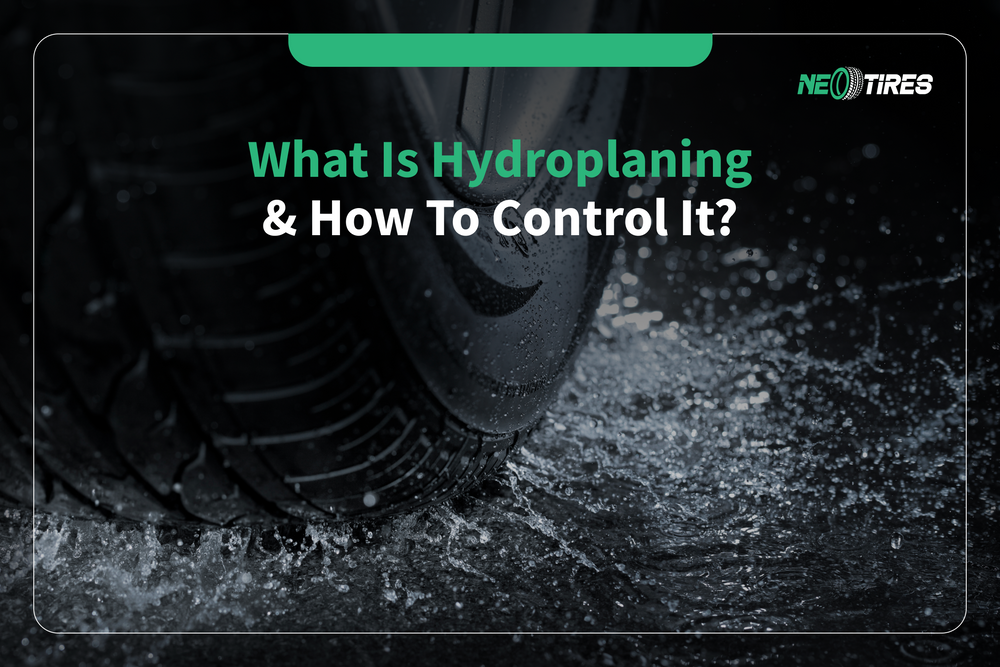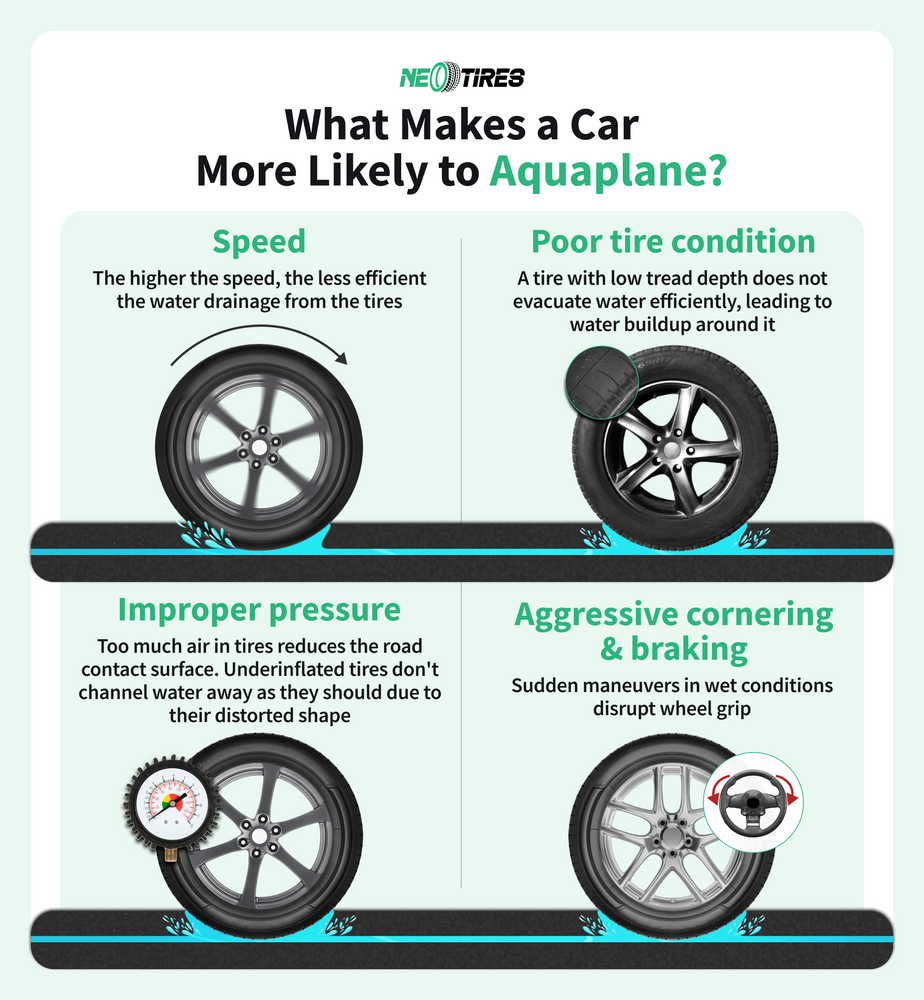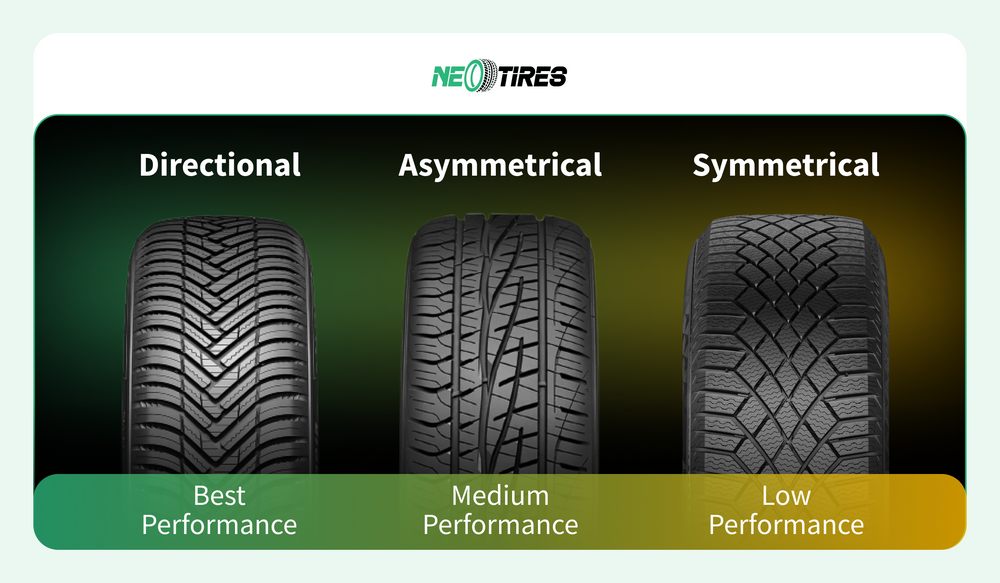Any car owner driving at least once in the rain has noticed his vehicle losing traction, making it harder to control. This phenomenon is known as hydroplaning, and it can endanger the driver's safety if he does not know how to handle it properly. Today, we will explain aquaplaning (another term for hydroplaning) and provide tips on what to do if your vehicle starts to hydroplane on wet roads. An informed driver is a protected driver, right?
What Does Hydroplaning Mean?
Hydroplaning is when the water layer on the road surface forms a barrier with the tires of a car, motorcycle, bicycle, or any other means of transport. When the vehicle hydroplanes, tires glide on the road rather than grip. As a result, steering and braking become more challenging to control as the tires do not respond properly. The higher the speed, the greater the risk of hydroplaning.
What Makes a Car More Likely to Aquaplane?
At least four causes contribute to hydroplaning in wet conditions. High speed is among the most common. Poor tire condition, improper tire pressure, and aggressive turns and brakes also increase the risk of car hydroplaning.
- Speed: the higher the speed, the less efficient the water drainage from the tires;
- Poor tire condition: a tire with low tread depth does not evacuate water efficiently, leading to water buildup around it;
- Improper pressure: too much air in tires reduces the road contact surface. Underinflated tires don't channel water away as they should due to their distorted shape;
- Aggressive cornering & braking: sudden maneuvers in wet conditions disrupt wheel grip, encouraging car aquaplaning.
What To Do When Hydroplaning?
Hydroplaning is usually caused by water building up around the car's tires. It can happen even with all precautions. If your car starts to hydroplane, you should first reduce your speed. Ease off the gas gently, avoiding slamming the brakes. Gradual speed reduction helps counteract aquaplaning and restores vehicle traction.
Stay calm while regaining control of the vehicle. Hold the steering wheel firmly with both hands and steer straight or slightly into the skid if you feel like the car is starting to drift. Turn the wheel toward the direction that you're sliding!
Never hit the brakes too hard, as this will destabilize the vehicle even more. Instead, apply the brakes gently and intermittently until you regain road contact and steadiness.
Any Ways To Prevent Aquaplaning?
Hydroplaning occurs when your tires lose contact, grip, and traction due to a water layer between the tread and the road. Several techniques can contribute to steady contact between the tire and the wet road, reducing the risk and severity of aquaplaning. Here's what can help:
- Keep a safe speed on wet roads. Speed should be reduced in wet/rainy conditions to the point where you feel complete vehicle control.
- Opt for manual control rather than cruising in conditions with hydroplaning potential. This allows you to control your vehicle better.
- Follow the tracks of the vehicles ahead if driving on a slick road. The cars in front of you disperse water volume on the road, reducing your aquaplaning risks.
- Maintain a safe distance in wet conditions. With or without hydroplaning, braking distance can be up to twice as long on wet surfaces.
- Check and adjust tire pressure to match the manufacturer's recommendations. Both too much pressure and underinflation are detrimental when the vehicle starts to hydroplane.
- Ensure your tires are healthy enough for wet roads. Keep the tread at least 2/32nd of an inch to evacuate water efficiently. The deeper the tire tread, the more effective it is at draining water. Use the Penny Test to check your tire tread regularly.
- Rotate your tires regularly so they wear evenly. Tires with bald areas are more prone to hydroplane.
- Opt for directional (featuring a chevron or arrow-shaped tread) & asymmetric tires. These designs contribute to fluid drainage, aiding hydroplaning control.
How Can Tires Help Countering Hydroplaning?
Tires play an essential role in counteracting hydroplaning. A wider tread, for example, is more efficient than a narrow one because it provides more contact with the road under wet conditions. Tires with deeper grooves shed water much better from the contact patch. Finally, the right tread pattern can also make a big difference. The V-shaped pattern is one of the best in aquaplaning control, as it excels in draining water and helps maintain traction in wet conditions.
What Tires Are Best Against Hydroplaning?
Three of the best tires excelling against hydroplaning are the Michelin Pilot Sport 4S, Continental ExtremeContact DWS06 Plus, and Bridgestone Potenza RE980AS. These models feature multiple features designed to counteract large water volumes.
| Tire Model | Features against hydroplaning | Tire Type | Rating in wet conditions |
| Michelin Pilot Sport 4S |
| Summer, Passenger, UHP, Sport | Excellent (9.7/10) |
| Continental ExtremeContact DWS06 Plus |
| All-Season, Passenger, Suv/CUV, UHP, Passenger LT/SUV | Excellent (9.5/10) |
| Bridgestone Potenza RE980AS |
| All-Season, Passenger, UHP | Excellent (9.6/10) |
What Makes a Tire Resist Hydroplaning?
Specific features that contribute to tire performance in wet conditions and hydroplaning control include:
- deep and wide grooves for water dispersion
- siping technologies for improved grip
- higher silica amount to promote tread adhesion on wet surfaces
- special tread design (v-shaped, asymmetric) to promote water drainage.
If you drive in wet conditions with an increased risk of hydroplaning, these features should not be missing from your tires. Ensure your tires are suitable for rainy days and counteract hydroplaning effectively. Otherwise, you may need a tire set dedicated to wet roads.
Tread pattern influence on tire performance in wet conditions. Directional tires are the best against hydroplaning. Asymmetrical tires provide medium wet performance. Symmetrical tread patterns work best in dry conditions with mediocre wet performance.
Looking for Tires to Counter Hydroplaning?
Aquaplaning is a common phenomenon in wet and heavy rain conditions. Understanding how to prevent and control it properly can help you stay confident on the road and reach your destination safely.
Need reliable tires that combat hydroplaning and perform dependably on the wet? NeoTires is the right place to be. Don't hesitate to contact us if you need professional guidance. Our assistants know how to match your specific driving needs with the right tires. Drive safe and choose your tires wisely!







